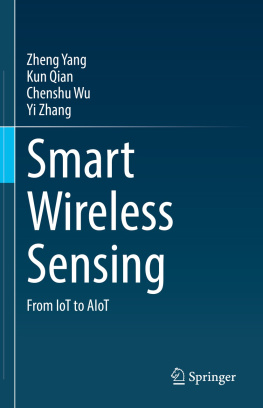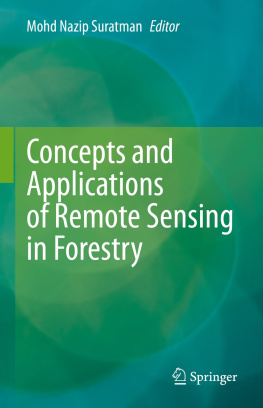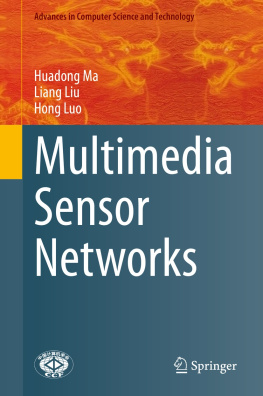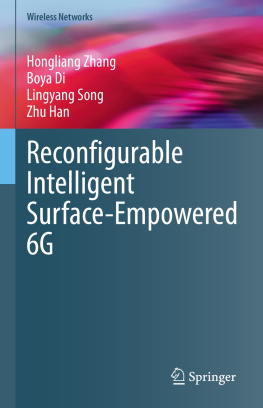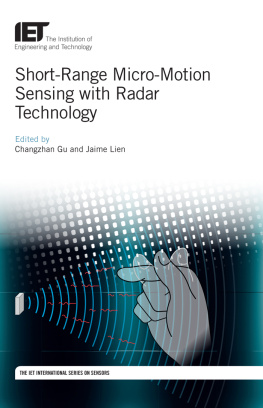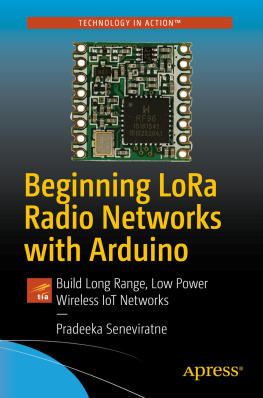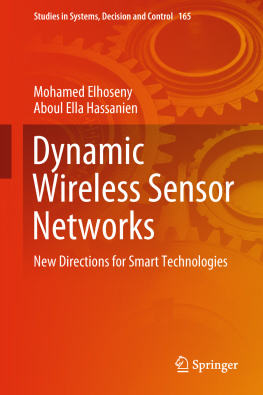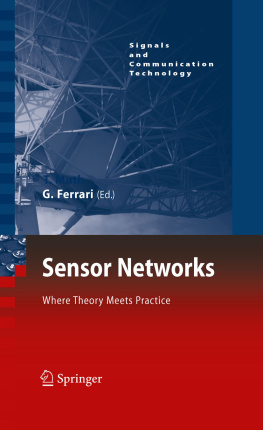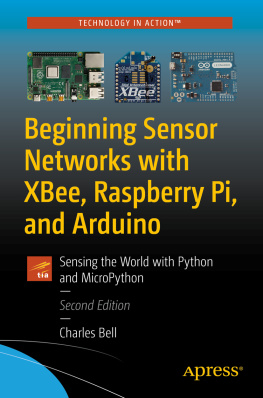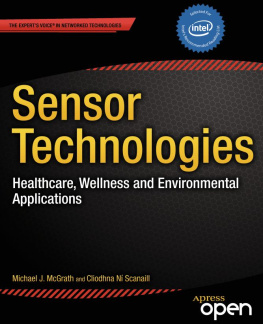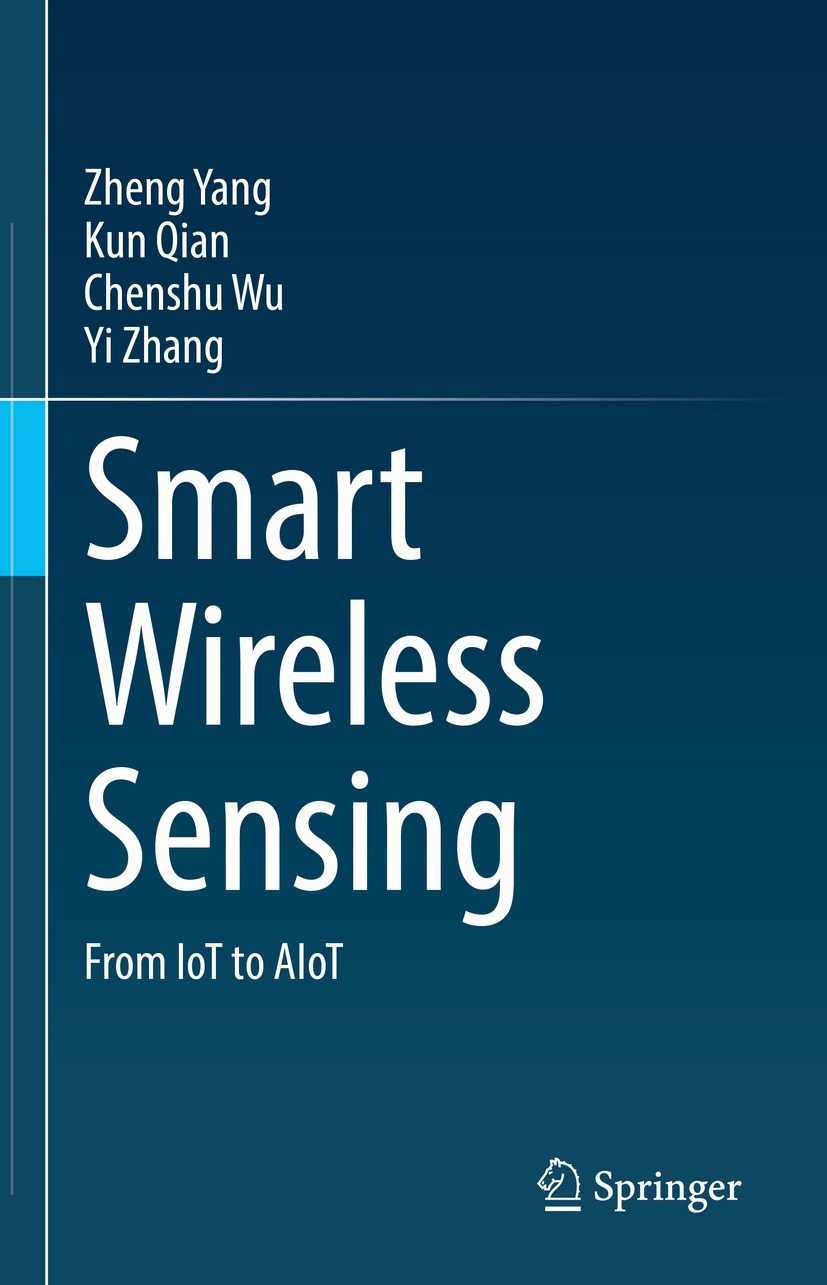Zheng Yang
School of Software, Tsinghua University, Beijing, China
Kun Qian
Electrical and Computer Engineering, University of California, San Diego, San Diego, CA, USA
Chenshu Wu
Department of Computer Science, University of Hong Kong, Hong Kong, China
Yi Zhang
School of Software, Tsinghua University, Beijing, China
ISBN 978-981-16-5657-6 e-ISBN 978-981-16-5658-3
https://doi.org/10.1007/978-981-16-5658-3
The Editor(s) (if applicable) and The Author(s), under exclusive license to Springer Nature Singapore Pte Ltd. 2021
This work is subject to copyright. All rights are solely and exclusively licensed by the Publisher, whether the whole or part of the material is concerned, specifically the rights of translation, reprinting, reuse of illustrations, recitation, broadcasting, reproduction on microfilms or in any other physical way, and transmission or information storage and retrieval, electronic adaptation, computer software, or by similar or dissimilar methodology now known or hereafter developed.
The use of general descriptive names, registered names, trademarks, service marks, etc. in this publication does not imply, even in the absence of a specific statement, that such names are exempt from the relevant protective laws and regulations and therefore free for general use.
The publisher, the authors and the editors are safe to assume that the advice and information in this book are believed to be true and accurate at the date of publication. Neither the publisher nor the authors or the editors give a warranty, expressed or implied, with respect to the material contained herein or for any errors or omissions that may have been made. The publisher remains neutral with regard to jurisdictional claims in published maps and institutional affiliations.
This Springer imprint is published by the registered company Springer Nature Singapore Pte Ltd.
The registered company address is: 152 Beach Road, #21-01/04 Gateway East, Singapore 189721, Singapore
Preface
Perception of human beings has evolved from natural biosensor to powerful sensors and sensor networks. In sensor networks, trillions of devices are interconnected and sense a broad spectrum of contexts for human beings, laying the foundation of Internet of Things (IoT). Though promising, sensor technologies face several limitations pertaining to deployment cost and usability. First, large-scale deployment is costly. Second, the operation and maintenance of massive sensors are cumbersome. Third, the equipped sensors are intrusive to the targets. All these limitations render the sensor technologies undesirable for practical use. Consequently, the pursuit of convenience in human perception necessitates a wireless, sensorless, and contactless sensing paradigm.
The past decades have witnessed rapid development in wireless sensing technologies. Wireless sensing is featured by sensing with imperceptible wireless signals (such as acoustic, light, and radio frequency signals) that are originally designed for data transmission or illumination. During propagation, wireless signals often undergo various physical phenomena including projection, reflection, refraction, and scattering, all of which modulate the wireless signals in different manners. By analyzing the signal measurements on the receiver side, channel characteristics can be obtained to convey the sensing results. Nowadays, many efforts have been devoted to exploiting the ambient Wi-Fi, RFID, Bluetooth, ZigBee, and television signals for smart wireless sensing, relieving the need for dedicated sensors. If enabled, the human perception paradigm will be reformed, and new possibilities will be fostered, promising the next breakthrough for Artificial Intelligence of Things (AIoT).
In this monograph, we aim to provide a comprehensive and in-depth understanding of wireless sensing technologies. Specifically, with a particular focus on Wi-Fi-based sensing for human behavior understanding, this monograph follows a top-down approach to introduce three prominent topics including human detection, localization, and activity recognition. For each topic, it presents the latest advances in smart wireless sensing through extensive reviewing of state-of-the-art researches. This monograph differs from existing literature in the following aspects. On the one hand, we elaborate from the perspectives of both non-specialists and specialists, who will benefit from the basic principles and the in-depth discussions, respectively, in this monograph. On the other hand, after almost 10 years of research experience in wireless sensing, the authors track the cutting-edge progress and present the solutions to the three most prominent problems that exist in this field. We hope this monograph can motivate the development of this research area and contribute to the interdisciplinary research areas as well.
Organization of the Book
The monograph begins with an introductory Part I, which consists of two chapters. Chapter presents the readers with some preliminary knowledge on Wi-Fi-based wireless sensing, which is the main wireless sensing modality discussed in this monograph. First, this chapter introduces the definition of channel state information (CSI) that has been commonly used for Wi-Fi sensing. Then, to give the readers a comprehensive understanding of CSI, the measurement noise in CSI is elaborated as well as some representative signal features. At last, some platforms that support CSI extraction are introduced.
Part II to Part IV study different granularity human behaviors, from existence detection to localization to activity recognition.
Part II discusses the technology of human detection with Wi-Fi signals. This technology is used to detect if there are humans in the sensing area and is often applied in security surveillance scenarios. From Chaps. , we exploit the amplitude and phase information of CSI signals to characterize human existence. By exploiting the correlation between the CSI phase and human motion, we present techniques to mitigate the impact of environmental diversities and try to enhance the systems robustness. Besides, we propose to leverage human respiration motions for static human detection.
Part III discusses the technology of human localization with Wi-Fi signals. This technology is used to track the precise location of the human body and is often applied in smart home and security surveillance scenarios. In Chap. , we introduce the techniques to perform localization with a single Wi-Fi link. Specifically, we propose methods to extract the DFS, Angle of Arrival (AoA), and Time of Flight (ToF) features simultaneously to portray the motion status of the user and eventually obtain the localization results.
Part IV discusses the technology of human activity recognition with Wi-Fi signals. This technology is used to perceive the types of human activities and is often applied for human-computer-interaction. From Chaps. , we study four cases including moving direction estimation, gesture recognition, gait recognition, and fall detection. We pay particular attention to the environmental-dependent and data-dependent problems and propose novel solutions to tackle them.

